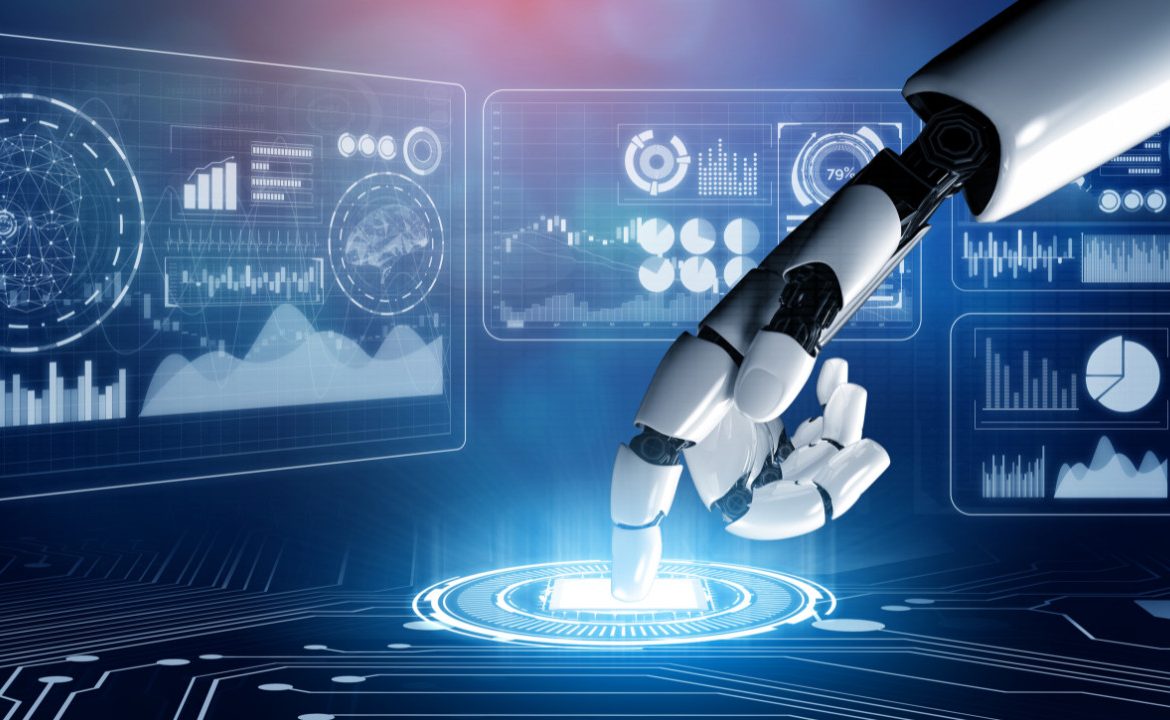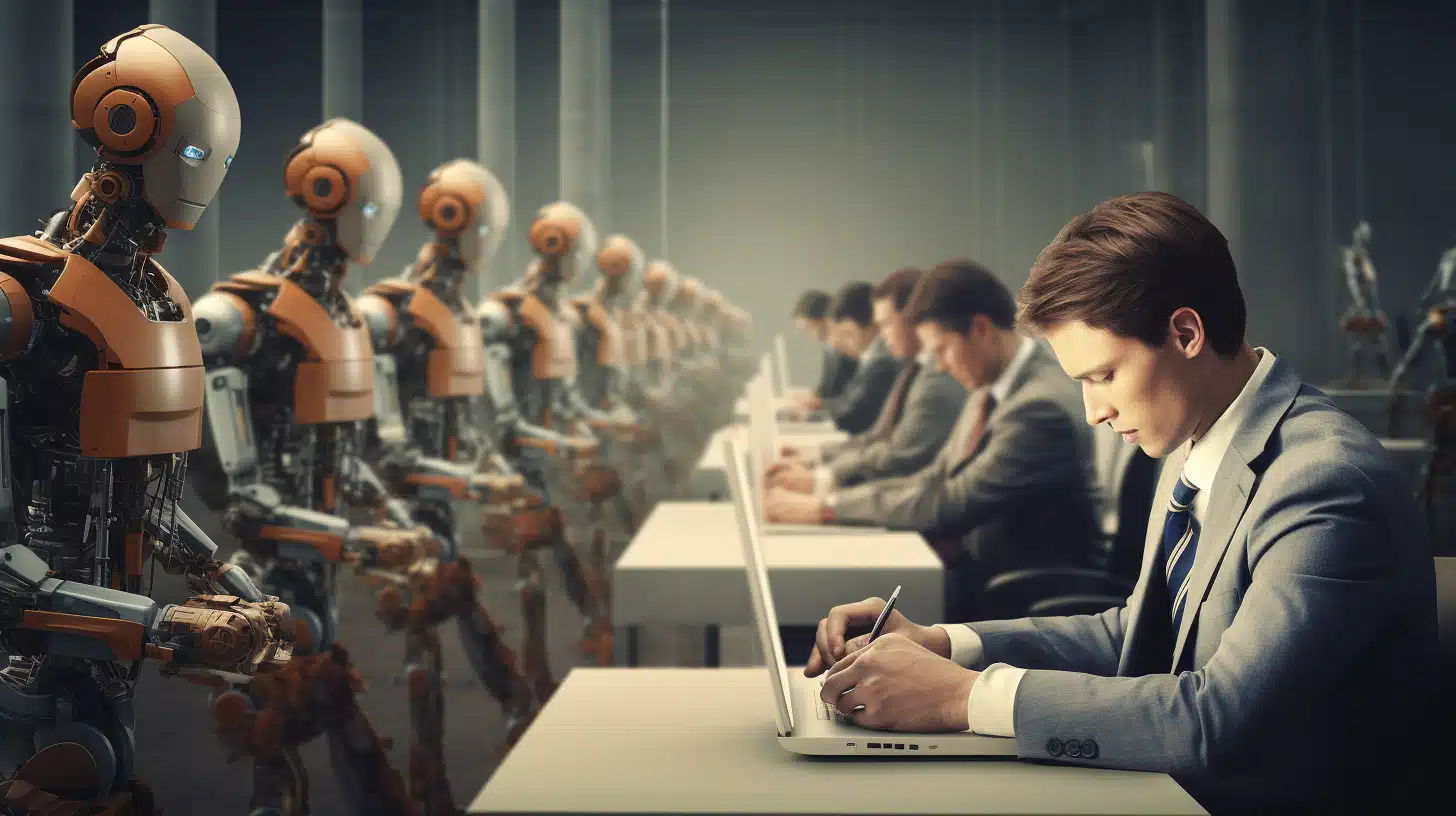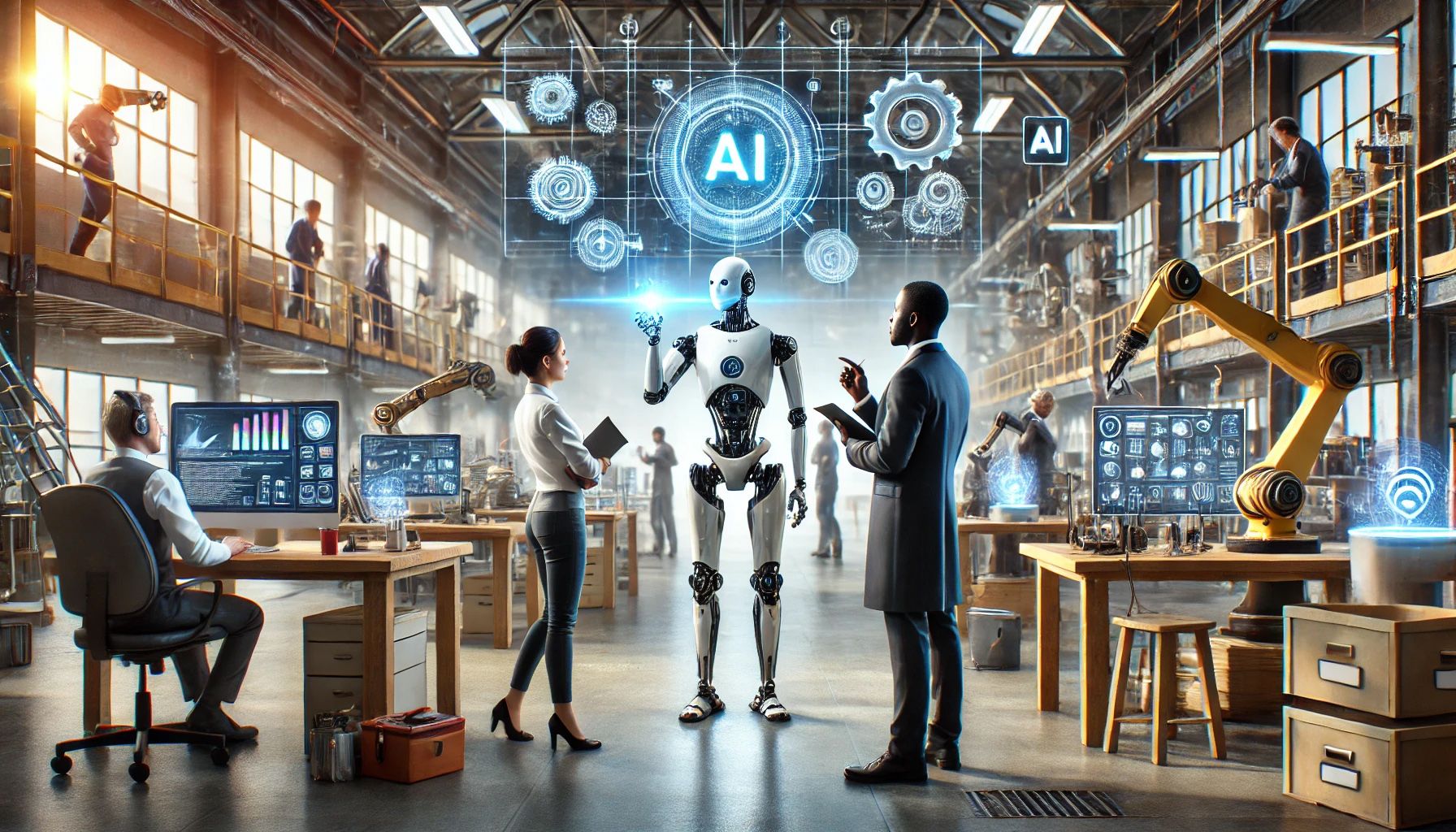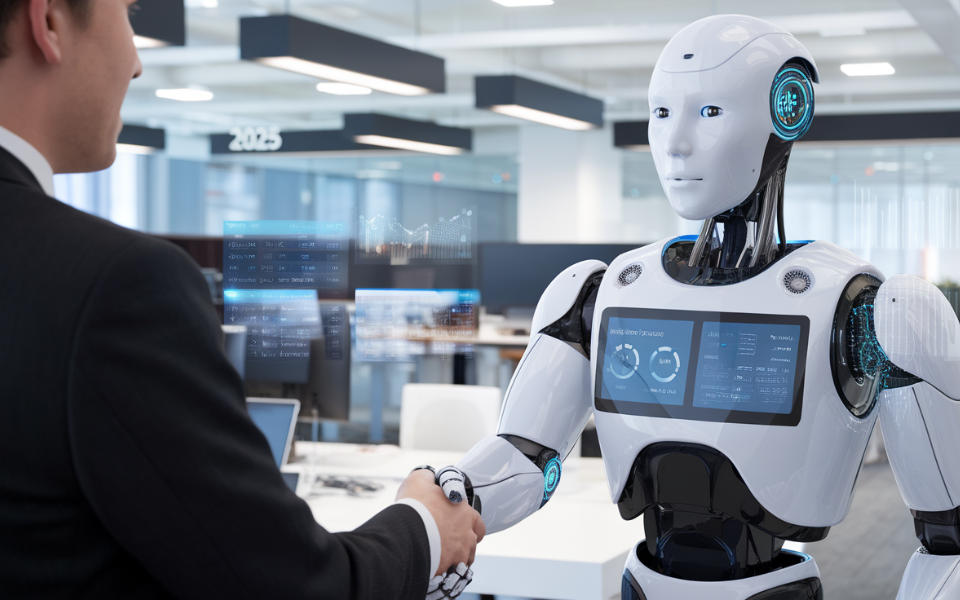Artificial Intelligence (AI) is reshaping industries around the globe by automating tasks, optimizing processes, and changing the nature of work. Examining real-world case studies helps us understand both the potential and the challenges of AI-driven job automation.
What is AI-Driven Job Automation?
AI job automation involves the use of intelligent systems—such as machine learning, natural language processing, and robotics—to perform tasks that were traditionally handled by humans. From manufacturing to customer service, AI is altering workflows and redefining roles.
Key Case Studies in AI and Job Automation
1. Amazon – Robotics in Warehousing
Amazon’s use of AI-powered robots in its fulfillment centers is a leading example of automation at scale. These robots transport inventory, optimize routes, and reduce the time needed to pick and pack items. While increasing efficiency and reducing operational costs, this automation also shifted the nature of warehouse jobs—from physical labor to overseeing machines.
Impact:
- Increased fulfillment speed
- Reduced labor costs
- New roles in robot maintenance and logistics oversight
2. JP Morgan Chase – Legal Document Review
JP Morgan implemented a machine learning platform called COiN (Contract Intelligence) to analyze legal documents. What used to take thousands of lawyer-hours is now handled in seconds by AI.
Impact:
- Significant time and cost savings
- Freed up legal staff for complex decision-making
- Raised questions about future legal job roles
3. Tesla – Automated Manufacturing
Tesla incorporates AI and robotics extensively in its vehicle assembly lines. While automation has improved precision and reduced production time, it also highlighted the complexity of fully automating certain tasks that require human adaptability.
Impact:
- Streamlined production
- Reduced human error
- Revealed limits of automation in unpredictable tasks
4. H&M – AI in Retail Inventory Management
H&M uses AI to forecast demand, manage stock levels, and reduce overproduction. The system analyzes customer data, weather, and location-specific trends to ensure the right products are stocked in each store.
Impact:
- Reduced waste and overstock
- Enhanced customer satisfaction
- Fewer manual inventory roles, but growth in data and analytics jobs
5. Customer Service – AI Chatbots
Companies like Vodafone, Sephora, and Bank of America use AI-powered chatbots to handle customer queries. These bots can resolve simple issues 24/7, reducing the need for large customer service teams.
Impact:
- Improved response times
- Lower support costs
- Upskilled human agents to handle complex inquiries
Broader Implications of AI and Automation
Job Displacement vs. Job Transformation
While AI can lead to job losses in repetitive or predictable roles, it also creates demand for new skill sets—such as AI system management, data science, and ethical governance.
Need for Reskilling and Upskilling
As job profiles evolve, there is a growing need for education and training programs to prepare workers for tech-enabled roles. Lifelong learning is becoming essential.
Ethical and Social Considerations
AI-driven automation raises questions about income inequality, worker rights, and the societal impacts of large-scale job displacement. Responsible implementation and policy support are crucial.
Conclusion
The integration of AI into the workforce is not a distant future—it’s happening now. These case studies illustrate both the benefits and the disruption that AI can bring. To harness AI’s full potential, businesses, governments, and individuals must work together to ensure that innovation is inclusive, ethical, and sustainable.







Leave feedback about this